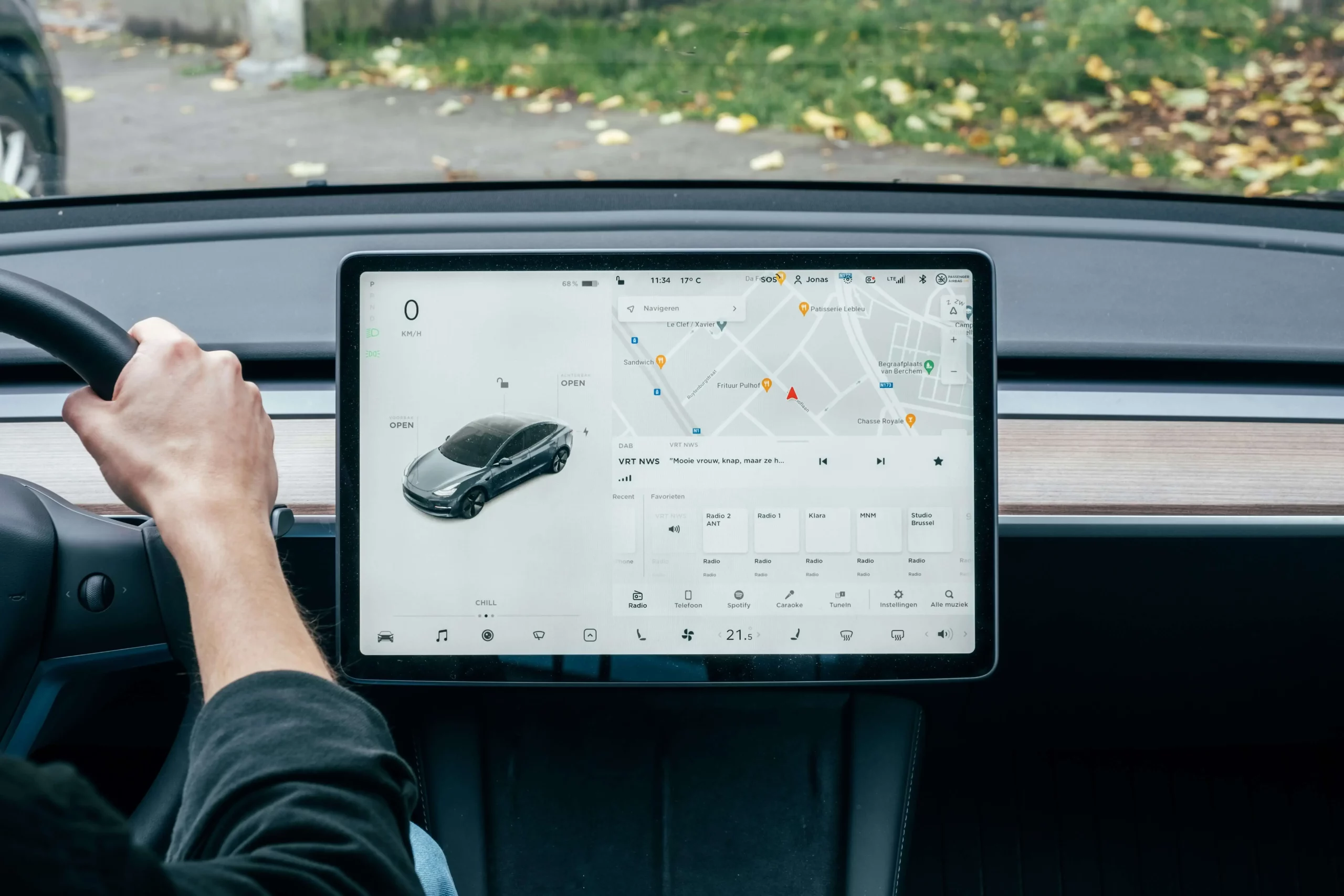Implementing fleet tracking systems offers enhanced performance, vehicle and driver safety, operational efficiency, and other benefits. These systems include live GPS tracking, driver behaviour monitoring, reports and analytics, geofencing, maintenance and other alerts, historical journeys, fuel cost estimates, and other features. As good as they are for business, implementing them can pose several challenges, with data overload being a primary concern.
Learn more about common fleet tracking challenges that you might face when adopting these technologies and find out how to overcome them.
Common Fleet Tracking Challenges
Data overload, potentially high initial costs, driver resistance, and other common fleet tracking challenges are not insurmountable. Below are some of the issues you might encounter when implementing fleet tracking, as well as suggestions for responding to them effectively.
Data Overload
Data overload arguably is the biggest fleet tracking system problem some organisations encounter when adopting these technologies. From GPS tracking and geofencing to driver monitoring, the different features of fleet vehicle tracking systems generate vast amounts of data, such as vehicle locations, driver behaviours, and maintenance alerts.
While this data can prove invaluable for optimisation, decision-making, and performance evaluation, ensuring that it is collected, analysed, stored, and presented in ways that are secure, compliant, and responsible can be challenging. This fleet management issue becomes more complex when integrating this data with CRM, ERP, or accounting systems to achieve a comprehensive view of operations.
What are the solutions?
Overcome this challenge of implementing fleet tracking by prioritising critical data and utilising analytics tools to extract insights that are actionable. This involves drawing up consistent, clear data policies and standards, choosing cutting-edge data platforms and other solutions, and training staff to interpret and use data.
You may also need to do careful planning and look at customisation if you’re faced with compatibility and technical fleet tracking system problems when integrating these systems with your current business systems.
Driver/Employee Concerns
Overcoming fleet tracking challenges in your organisation may involve dealing with driver resistance. In some fleets, drivers resist the adoption of vehicle tracking and behaviour monitoring technologies due to privacy concerns and the feeling of being micromanaged.
Successfully implementing fleet tracking might make it necessary to change the way your fleet performs, operates, and communicates. You might also be required to adjust your fleet staff’s responsibilities, roles, and expectations. These changes may make some drivers feel anxious or uncertain, which could lead to them viewing fleet tracking technology as a threat or a violation of their privacy.
What are the solutions?
Overcome this fleet management issue by engaging drivers and other staff before implementing the tracking system. Address their concerns and feedback transparently, ensuring privacy law compliance and underscoring the opportunities and benefits this technology offers your organisation.
Engage your fleet’s drivers and other staff in the process of implementing fleet tracking technology and offer them ample training and support.
Initial Costs and ROI
Potentially steep initial costs and the return on investment (ROI) are another of the biggest fleet tracking challenges, especially if you have a complex or large fleet.
Depending on these and other factors, acquiring, installing, maintaining, and upgrading fleet tracking technologies can be expensive. Additionally, factors such as compliance, customer service, fuel costs, maintenance, and safety may influence whether the RIO is evident or quantifiable immediately.
What are the solutions?
Consider the initial costs and the potential ROI when implementing fleet tracking systems and balance the investment with what you expect to gain in efficiency, security, and reduced operational costs. Next, prioritise the most important technologies and those that add the most value to your business operations. Ensure that the project budget and implementation timeline are reasonable.
Privacy and Security
You might face the fleet tracking challenge of data privacy and security concerns when adopting these technologies. The quality and security of the technology you choose can expose your business to data breaches, hacking, malware, ransomware, and other cyber threats, which may affect the data and devices’ availability and security.
Ethical concerns and legal issues around the consent and privacy of drivers, other employees, customers, and others involved in the process may compound this challenge of implementing fleet tracking.
What are the solutions?
As we mentioned, to overcome the fleet tracking challenge of data overload, create consistent and transparent data policies for your organisation. These policies should consider security and compliance with regulations and standards such as the Data Protection Act 2018 and the General Data Protection Regulation (GDPR).
Be transparent in your communications with drivers, other employees, customers, and other stakeholders about the devices and data’s purpose and how they will be used. Implement authentication, backup, encryption, recovery, and other robust security measures and practices to ensure the safety of the data the tracking system collects and generates. Ensure you choose a trustworthy fleet vehicle tracking system, such as Crystal Ball’s.
Harness the Power of Advanced Fleet Tracking
While implementing fleet tracking solutions can be challenging, the ROI makes taking the necessary steps to overcome those challenges worth it. These technologies have the potential to revolutionise the way you manage your fleet.
Change the way you manage your fleet with Crystal Ball’s fleet vehicle tracking systems. With our solutions professionally installed in your vehicles, your business could benefit from increased fleet visibility, opportunities for optimisation, fuel and maintenance cost savings, enhanced efficiency and security, and boosted customer satisfaction.


